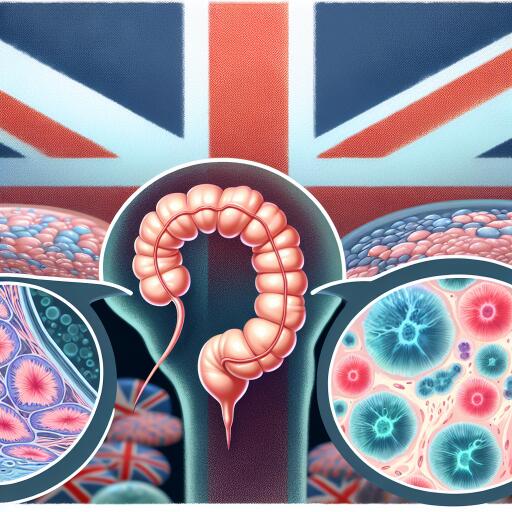Revolutionizing Rectal Cancer Subtyping for Enhanced Prognostic Accuracy
Rectal cancer stands as a formidable health challenge, affecting thousands every year. Traditional approaches to its classification and treatment have been useful, yet they’ve left substantial room for improvement, particularly in the precise prediction of disease progression and response to therapy. In a landmark study, researchers have made significant strides by elucidating unique rectal cancer-specific subtypes (RSS), which could potentially revolutionize how we approach this malignancy.
The rigorous investigation, utilizing previously untapped data from treatment-naïve rectal cancer samples, led to the identification of three distinct and robust RSS: RSS1, RSS2, and RSS3. This new granularity in understanding rectal cancer subtypes not only illuminates differences in disease biology but also paves the way for more personalized and effective treatment strategies. The study’s findings have been recently published in the British Journal of Cancer, shedding light on the promising prognostic power of these subtypes.
Methodological Rigor and Insights
In an unprecedented effort, the research team examined a vast collection of data, comprising 2121 microarray samples from the GEO platform and 608 RNA-sequencing samples from TCGA. They meticulously sifted through these samples, eliminating duplicates, and ultimately focusing on a refined dataset of 1820 unique samples. The subsequent analysis, supported by a comprehensive cluster review of over 182 rectal samples, allowed for the detailed subtyping of rectal cancers without precedent.
The study effectively combated the batch effect problem common in datasets from disparate sources, ensuring the integrity and comparability of the data through sophisticated preprocessing techniques. Remarkably, the researchers utilized gene co-expression network analysis to hone in on 3200 genes across 88 identified gene modules, revealing the complex molecular landscape of rectal cancer.
Cutting-Edge Tools and Techniques
With the aid of advanced algorithms and analysis tools such as XgBoost classifier and PROGENy, the team was not just identifying subtypes but also exploring the immune landscape within the cancer microenvironment. Their exploration extended to investigating master regulators specific to the newly identified subtypes by comparing them against normal tissue samples.
Multiplexed immunofluorescence staining on rectal tumor tissue microarrays further enriched the study’s findings, enabling the team to visualize and quantify protein expression at a cellular level. This approach has unpacked the spatial heterogeneity present within tumors, an aspect critical for understanding tumor biology and guiding therapeutic interventions.
Pathway to Personalized Medicine
The implications of the study extend far beyond the academic; they open new pathways towards personalized medicine in rectal cancer treatment. By delineating the rectal cancer-specific subtypes, clinicians can potentially tailor therapies more precisely to the individual’s tumor biology, markedly improving patient outcomes. As the team continues to explore these subtypes in various patient cohorts and treatment contexts, the promise of a more targeted approach to rectal cancer treatment comes closer to reality.
Future Directions
Looking ahead, the researchers aim to validate these findings in larger, more diverse cohorts and extend their investigations to uncover additional markers that could further refine rectal cancer subtyping. The pursuit of targeted therapies based on these subtypes also looms large on the horizon, potentially heralding a new era in rectal cancer care.
In conclusion, this groundbreaking study marks a significant advancement in the fight against rectal cancer. By harnessing the power of modern genomics and sophisticated data analysis, we are inching ever closer to a future where rectal cancer treatment is both highly personalized and more effective. The dedication and innovative spirit of the research community continue to light the way forward, offering hope and new options to those facing this challenging disease.










